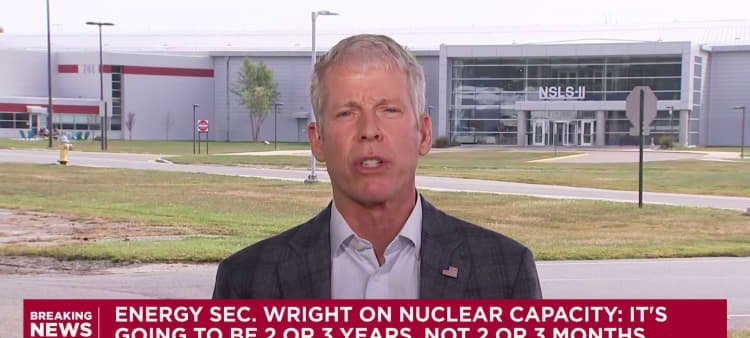Timeline tied to 2020 executive order
The Janus Program responds directly to a May 2020 executive order directing the Department of Defense to demonstrate an advanced reactor on a U.S. base no later than 30 September 2028. Meeting that deadline would require site selection, licensing and construction to proceed far more quickly than traditional nuclear projects.
Although momentum around advanced nuclear designs has grown, none of the three developers highlighted by investors has deployed a working reactor. Oklo and Nano Nuclear have yet to record revenue; NuScale reported just $8 million in sales for the second quarter.
Market enthusiasm tempered by risk
Recent optimism stems from two converging trends. First, data-center operators and artificial-intelligence workloads are driving demand for steady, carbon-free electricity. Second, policy support across several federal agencies has accelerated grant funding and regulatory pathways for advanced reactors.
Still, analysts warn that commercialization hurdles remain. In a recent note, Goldman Sachs advised caution on Oklo, stressing the absence of near-term cash flow and the technical challenges of bringing a first-of-a-kind plant online. Licensing, fuel procurement and site security all pose risks that could delay projects or increase costs.
How microreactors differ from traditional plants
Microreactors are designed to produce up to 20 megawatts thermal—roughly 5 to 10 megawatts electric—sufficient to power a remote base, small community or industrial facility. Components are factory-fabricated, shipped by truck or rail and assembled on site, reducing construction complexity. Developers also emphasize passive safety systems that rely on natural circulation rather than active pumps to remove heat.

Imagem: Internet
The Army’s procurement model calls for reactors that can be moved after initial deployment, giving commanders flexibility to match power assets with mission needs. If successful, the concept could open a pathway for wider civilian use, particularly in regions with limited grid access.
Industry outlook
Beyond military applications, several U.S. utilities are evaluating small modular reactors to replace retiring coal plants. Lawmakers have introduced bipartisan legislation to streamline permitting, and the Department of Energy offers cost-shared funding through its Advanced Reactor Demonstration Program. Combined, these measures aim to keep domestic nuclear expertise competitive amid rising global demand.
Even so, financing remains a central obstacle. Private investors typically demand short time horizons and predictable returns, conditions that early-stage nuclear projects struggle to meet. By acting as an anchor customer, the Janus Program seeks to bridge that gap and provide a reference case for future deployments.
Whether Wednesday’s stock gains prove durable will depend on developers meeting near-term milestones, including reactor design certification, fuel fabrication contracts and site environmental reviews. The Army’s announcement has focused attention on those benchmarks, and progress—or lack thereof—is likely to drive market sentiment in the months ahead.
See our latest Finance News Update for more coverage of global asset-management moves.
Finance News Update
Image credit: original source



